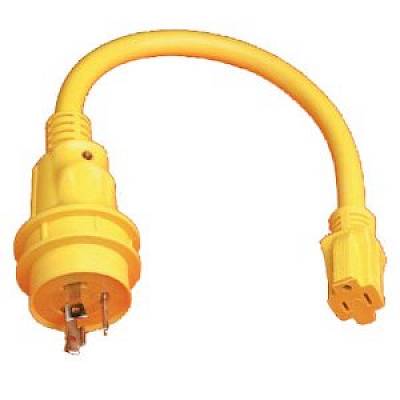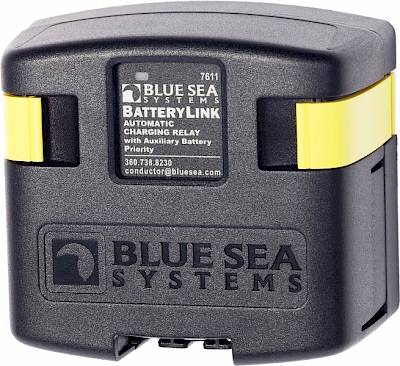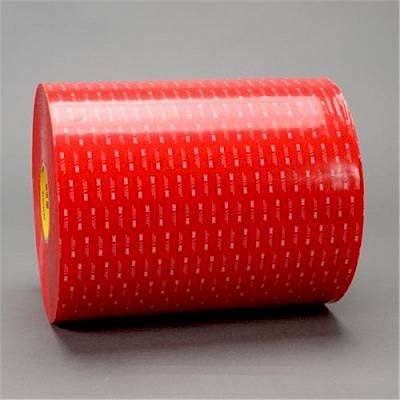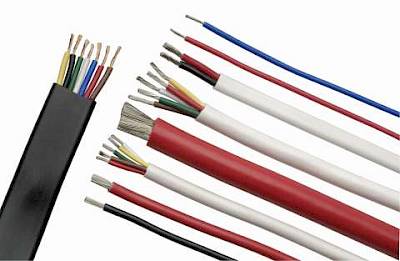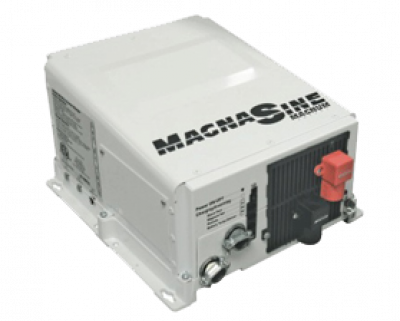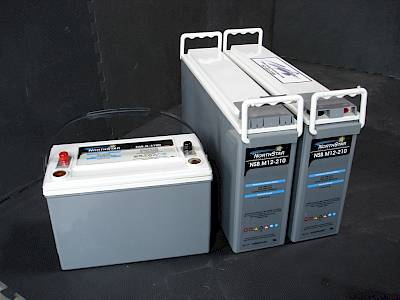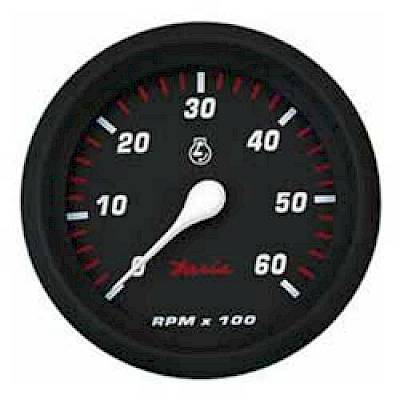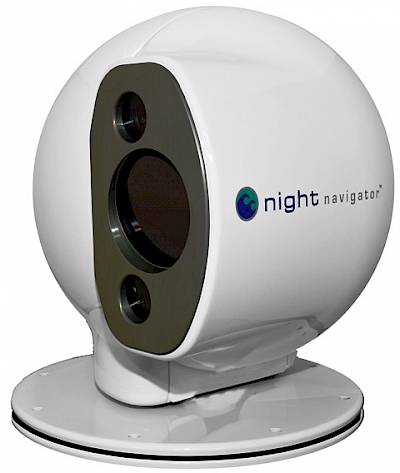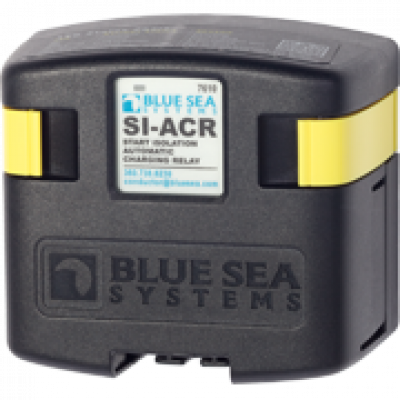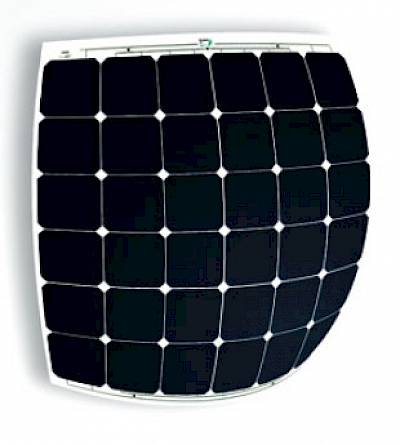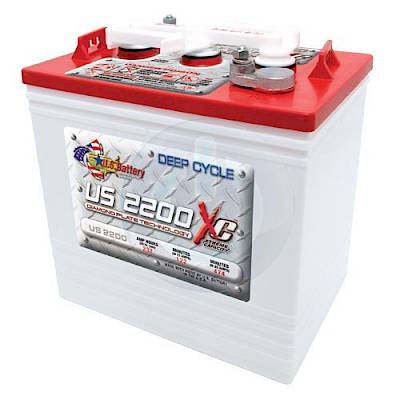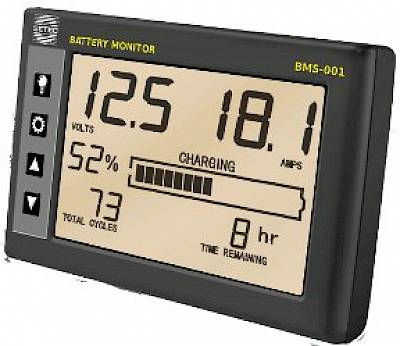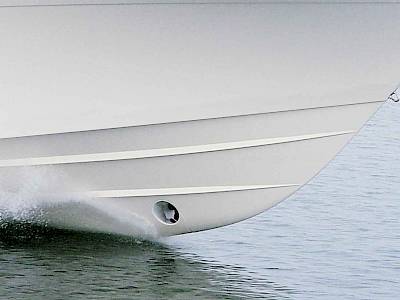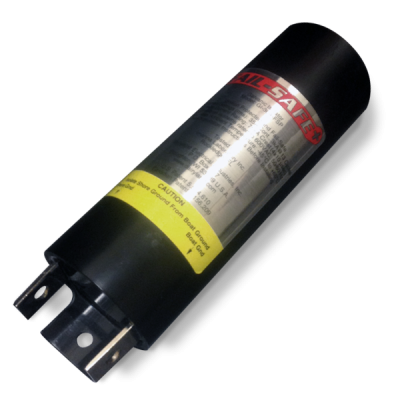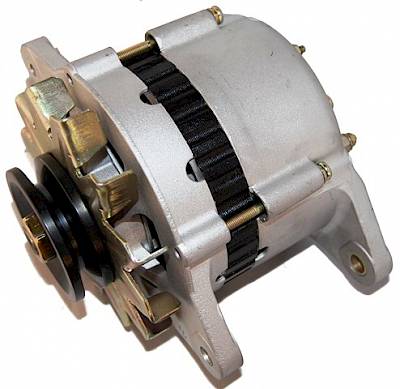
Be careful where you work!
We recently went to check up on a recently installed radar that had stopped working and discovered the radar fuse had blown. After replacing it and turning the breaker back on, there was a pop - the replacement fuse had immediately blown as well. This means that either the positive and negative power wires were shorted together (touching) somewhere along the length, or there was a serious fault with the power inside the unit. Anytime there is a suspected short, you can measure the electrical resistance between the positive and negative wires using an ohmmeter - it should read infinity, or in the mega-ohms range for a proper setup. Anything less indicates that there is likely a problem. In this case, the measurement showed a resistance of 1 ohm, meaning that the power cable was shorted together.
After a quick look around the boat figuring out where the cable would have been damaged, we discovered shiny new guide wires supporting the radar arch, modifications which were necessary to properly hold the new radar and stabilize the mount. New eye bolts had been drilled and mounted right through the radar arch tube. Unfortunately, this was the same tube that held all the radar arch cables. Sure enough, after pulling the radar cable out, there was a nice hole through it. On boats, any tube has the potential to contain important cables, or wires could be lurking behind bulkheads. Whenever you are working on something -- cutting, drilling, etc, make sure you know what is behind the surface. It is worth it to double and triple check!
Related Content





